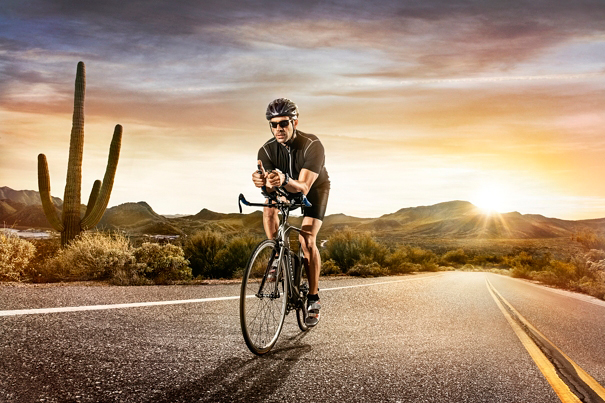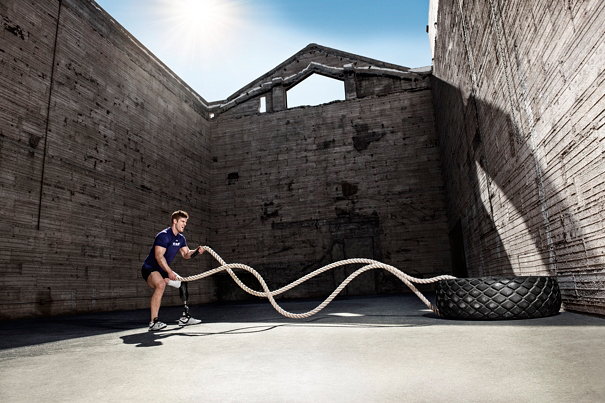As it was left on Tuesday, I had undertaken a monster EAS shoot that had more complexities that I have sanity. It was a three day shoot that would produce over 90 images, a 15, 30 and 60 second commercials, and grey hair.
Today’s blog though is less about the creative side, and more about the technical side of the shoot. More importantly, how does one do a shoot like this and what is the best way to approach it?
First and foremost the camera. When getting into a large production, never bring anything you don’t know extremely well on set. It is not the time for new cameras that will have you fiddling with the buttons, or new lenses that will have you second guessing a selected focal length. In a studio environment, you have a safety net of all else being held constant… yes, I borrow my approach towards a set from the scientific method.
To add one simple adjustment to a shoot that might take you five minutes to figure out is fine…. IF you have a few images to create. However, if that complexity becomes 20 or 30 images, you have just added two hours of indecision that it taken out of the time that the client deserves competent creation. It is for this reason that I went to what I know very well, the Nikon D3x with the Nikkor 24-70 G on it (if you haven’t already, check out this blog for my background with this setup).
The next thing that made our lives easier was the lights that we used for this one, the Profoto B1’s. After much practice with them and the “on the fly” shoot that was the Super Bowl commercial, I felt that I had a good handle on how to use them quickly and efficiently. When my crew and I practiced for the EAS campaign, the only thing we ran into was the possibility that we would shoot through entire batteries in a set, so we tripled up on lights and batteries to make sure that we would never face that issue.
All in all, the practice and planning going into the EAS shoot may have only saved us two to three minutes a shot, but when multiplied over the shoot, it saved us many hours. In effect it made the shoot less chaos and more planned chaos.
This Thursday is the final post from this campaign along with more images and the behind the scenes video from day three.



[…] three different blog posts. First he introduces the campaign, in the second article he goes in to more technical details, and in the last part he talks about the physical and mental stress of a big […]